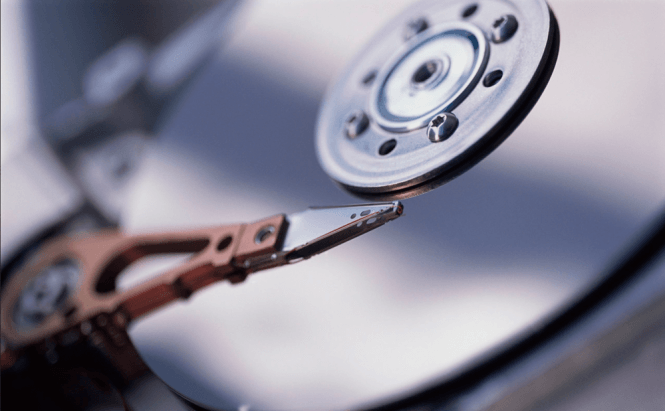Find Out What's Taking Up Space On Your Disk
Today's hard-disks are pretty huge, especially when you compare
them to the ones that were available just five or ten years ago. But
somehow, no matter how big they are, we always find all kinds of stuff
filling them to the top and then wonder why we have no more room to
store things that we actually need. If you are looking for the best ways
to find out what's occupying so much space on your drive, here are some
of the best solutions that I know of.
The easiest way to decide what to delete in order to make more room
on your disk is to find out which of your folders occupy the most space.
Checking each one individually and remembering the ones big enough to
be noteworthy could take quite a long while, but things get a lot
simpler if you use a third-party application. Here are a few free tools
that will help you analyze the space usage on your drives.
Space Sniffer

Space Sniffer is
an interesting tool that analyzes the content of folders and drives (on
your hard-disk or other storage devices) and presents the results in an
easy-to-understand graphical format. The folders with the largest size
will take up the most space on the results window, thus easily showing
you what you need to look into. This application is portable so you
don't need to install it to be able to use it. Another advantage is that
it can use different colors to depict various file classes. Lastly, you
can use the program's filtering options to only search through files
with a specific extension in case you want to know which of your movies,
music files etc. are huge.
TreeSize Free

TreeSize Free is
a handy application that gives you the exact size of all the folders
and sub-folders on a drive in a selected directory. This tool also tells
you the percentage of total space each item occupies and sorts the
entries either by their size or alphabetically. Even though it doesn't
offer much more than a few filtering options and the possibility to
download it as a portable program, TreeSizeFree is still a reliable
solution for your disk space analyzing needs.
WinDirStat

WinDirStat
tries to be a complete all-in-one solution, but in my opinion tries a
bit too hard. Don't get me wrong, the application does its job well and
is full of useful information, but the amount of data you get could be a
bit overwhelming, especially when it comes to that attempt at a
graphical representation which the program delivers at the bottom of its
window. Besides the percentage of the total space that each entry
occupies in the folder or on the drive you scanned, this tool also
offers a few cleaning up features, such as the ability to empty your
Recycle Bin or delete any of the items on the list. Another detail that I
actually liked is that WinDirStat uses Pac-Man animations instead of
regular progress bars while scanning your folders.
RidNacs

RidNacs is
probably the simplest solution that you will find. This tool isn't
capable of much more than scanning a specified drive or folder,
organizing the entries by their size and depicting the percentage of the
total space each item occupies with the help of bars. Further than
that, you can only save the resulted list as a CSV, HTML or XML file and
change the color/style of the bars. Despite its modest functionality,
this application is simple and fast enough to be exactly the solution
that most users actually require.
Disk Savvy

Disk Savvy is
my favorite disk space analysis tool. The application is well designed
and offers all the functionality that you may require. Disk Savvy can
analyze folders, hard-disks, network share drives and NAS storage
devices. This application uses pie charts, bar charts and text data to
depict the space usage as good as possible. Additional advantages
include the ability to copy, move, delete and compress files and folders
directly from the program's interface, or the possibility to view the
top 100 largest files and folders. Unfortunately, the free version of
the application is limited to 500,000 files or 2 TB, but it should be
more than enough for the regular users.
Alternative solution

Using Windows Explorer
In case you don't feel like installing third-party applications,
there is another very simple way for you to quickly find those large
files that might take up too much space on your hard disk. All you need
to do is open a Windows Explorer (My Computer) window, go to the drive or folder that you want to check then click inside the search box (by default it's in the top-right corner of the window) and type size:gigantic.
Basically this command will instruct the application to display any
file that is larger than 128 MB. The problem is that this function was
written a long time ago when 128 was actually relevant. With today's
hard-disks you have to search for files that are larger than several GB
in order to fix your disk space issues. To do this, click the search box (the one in the Windows Explorer application) and type size:(>1GB),
which will instruct the application to show all the files larger than
1GB. The only drawback of using this solution is that you can only get
files as results and not entire folders.

No comments:
Post a Comment